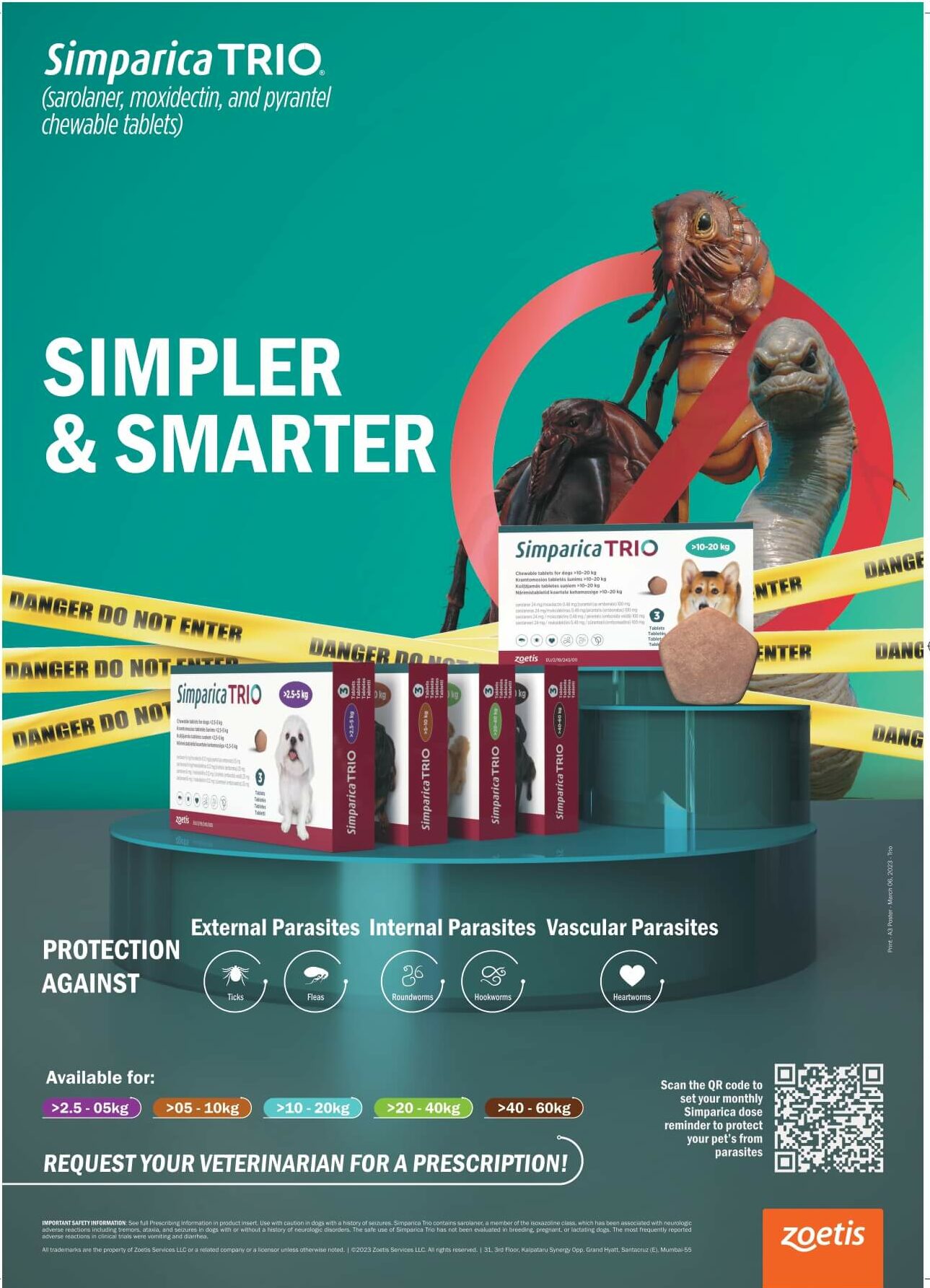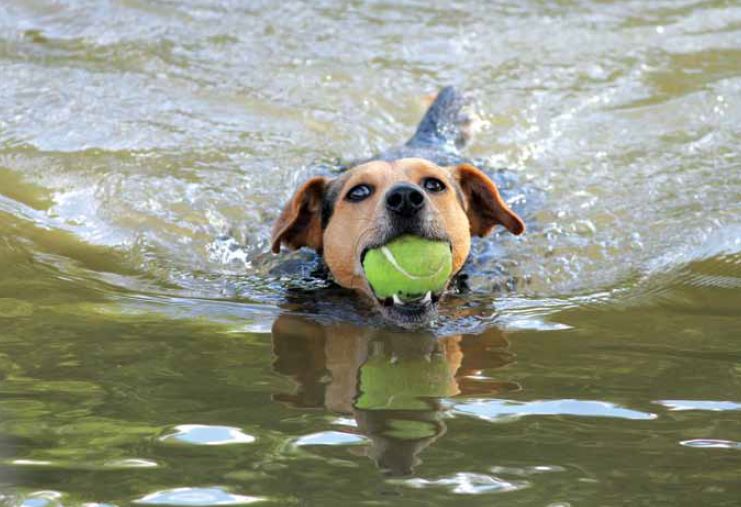
A growl is just one method of communication that dogs use.
New Delhi, October 7, 2019: Many of us have had that uh-oh moment when our dog suddenly doesn’t look so friendly. Some growl or snap while having their nails trimmed, or when startled, or when being petted by a child. At these moments we may feel frightened, even betrayed. It’s hard to know what to do. M are tempted to sternly tell him “No!” when the dog growls at us. It seems like the right thing to do and many trainers, (even famous ones!), will tell you to do just that. The simple fact is, however, that you can’t reward or punish emotions and have it work the way it does for other behaviours like teaching your dog not to steal food off the counter. If you punish your dog when he steals your dinner, he may stop doing that, but if you punish your dog for snarling, you may get more growling, or worse, a bite. This is because fear or anxiety does not respond to rewards and punishments in the same way that behaviours do. In fact, it’s just the opposite! If your dog is communicating to you that he is uncomfortable by growling, for example, it behoves you to help him to feel better about that thing so that he has less to growl about. When a dog growls, he or she is doing so for a reason.
This is a form of dog language all humans, and especially dog owners, need to learn how to understand. For instance, often times puppies and adult dogs growl while playing with another dog or their owners, and this is very normal behaviour. A growl is just one method of communication that dogs use. They also use their eyes, ears, tails, body postures and facial expressions to communicate with other dogs and people. However, it is those times when a growling dog means something else that we want to focus here. A growl is usually perceived as a warning. In your case, your dog may be guarding the bed on which he sleeps. He may be responding “aggressively”, but his underlying reason for growling may be anxiety.
Just say “No!?” Let’s say that you do yell at your dog every time your dog snarls at you. What do you think he would learn? Probably that you are kind of scary and the growling or other defensive behaviour may increase. Or your dog may stop growling which looks deceptively like you solved the problem, but he is probably still uncomfortable and now less able to communicate his discomfort. Teaching your dog not to growl by punishing the growl can make for a dangerous situation since your dog may feel that his only way left to communicate discomfort is by biting (and “without warning”). Just say “Cheese”?! Now let’s say you reward your dog every time he growls at you by feeding a treat and then leaving him be. What would happen? Would your dog growl at you more? Have you trained him to growl? Most likely your dog will start to growl less as he anticipates food and safety with your approach instead of feeling fear and worry. If you really wanted to train your dog to growl it would actually be pretty difficult to do. The trained growl would cease to have meaning as a warning signal in that context and would now be transformed into a happily offered “trick”, (like the dog’s face in the above picture!). So, by rewarding the growl, you have actually caused your dog to stop growlng because he feels happy. Pretty cool, huh!?
The bottom line is that emotion is affected by association with experiences, and emotional responses, like growling, biting and fearful barking, cannot be trained away like we can for other behaviours, like barking for attention or chewing furniture. If you punish a growl with a reprimand, you are adding something unpleasant on top of an already unpleasant feeling, which will only make your dog feel worse. If instead, you teach your dog to look forward to the things he was previously afraid of, your dog will stop needing to growl.
-Special story by Buddy Life Magazine
To read more, subscribe to Buddy Life!










 " >
" >
 " >
" >